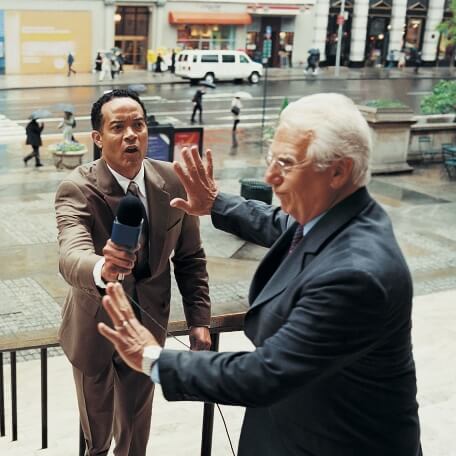Helping Employers With Their Efforts To Achieve A Truly Inclusive Workplace

Ilit Raz is on a mission to accelerate corporate diversity and foster workplace equality. The company she co-founded and is heading as CEO, Joonko, offers a solution for recruiting underrepresented candidates.
Joonko has created an AI-powered ecosystem shared by more than 100 companies that matches the skills and professional backgrounds of talent from underrepresented cohorts with relevant open positions, effectively accelerating their partner companies’ diversity, equity and inclusion (DE&I) recruiting efforts.
We recently spoke with Raz about the state of DE&I in corporate America, what companies can do to avoid bias in their talent acquisition pipelines and to upgrade business leaders’ social responsibility.
What brought you to diversity recruiting? Was it a personal experience or an observation that there are problems that need addressing?
As a woman in tech, who was many times the only woman in the room, I felt like I wanted to flip the script for underrepresented populations.
That’s why when I started my entrepreneurship journey, the natural step for me was to focus on a technology-based solution to try and eradicate bias in the workforce, and to harness technology to fix issues that I found close to heart. I found that this wasn’t only a gender-oriented problem and that in fact this is a much broader issue.
What should a company that is looking to increase the diversity of its workforce do? Obviously a job description cannot specifically address gender or ethnicity, so what is the best way to attract job seekers from underrepresented sectors of society?
The best way to start would actually be to revise job descriptions and rethink both language and job requirements.
Although companies cannot address gender and ethnicity directly, they can change the way they write job descriptions and eliminate the use of very masculine language – recruiting “ninjas” and “rockstars,” for example, alludes to women that they don’t have room at the table, since this is a language that addresses men.
In the same manner, companies should also rethink job requirements. For example, why should a junior position invite only Ivy league graduates to apply? Avoiding requirements that exclude people unnecessarily will increase reach to underrepresented candidates, and signal to candidates that all are welcome to apply.
From your perspective, what are the biases that cause the most harm in hiring processes, and what can companies do to overcome them?
It’s not easy to admit, but bias in hiring exists in many shapes and forms, and it is usually unconscious. This has an impact on all stages of interviewing, but ultimately can create an unwanted outcome where it can influence decision making and determine who makes it to the finish line and harm companies' initial desire to hire underrepresented and marginalized talent.
The good news is that with intent and the right structure, bias can be eradicated. This can be done by posting job descriptions that are more inclusive by nature, to structured interviews, and focus on training both recruiters and hiring managers on how to combat bias, conscious and unconscious.
You have written that recruiting is just the first step in achieving an inclusive workplace. Can you explain this point?
Absolutely. A company that is genuinely looking to embrace diversity needs to rethink its culture, not only its recruiting paradigms. If a woman is asked during the interview process how she will combine parenting and her workload, then clearly it’s not a pipeline issue.
So companies need to start with intention – invest in training, embrace a zero tolerance policy to racism and bias. It starts from the small things like how happy hours look around the office, to examining processes like promotions and mentorship, to the face of senior management and investing in an employer brand that shines and genuinely speaks diversity.
Looking at the bigger picture, diversity and inclusion is heavily discussed in corporate America. How much of it is lip service, as opposed to actual effort that companies are putting in?
I think that corporate America is genuinely trying to make changes, but sometimes leadership doesn’t know where to begin, since real change takes time.
Companies may think that appointing a Chief Diversity Officer is enough. Well, it's great for visibility, but it’s only the first step towards a truly inclusive workforce. Working towards such a workforce includes making significant change on all fronts, starting with recruiting but also encompassing revising company culture.
We talked here about the role and responsibility that companies have in implementing a workplace that everyone would feel welcomed in and be treated equally. Is there something you can say to job seekers and employees from underrepresented sectors about their part in this equation? Is there anything they can do to help?
I want to encourage everyone to lean in and feel that they are part of the workforce atmosphere.
I’m a true believer in “if you see something, say something.” Meaning, if you see something that doesn’t resonate with how you see yourself as an employee or manager in the workplace, then speak up! Don’t be a bystander.
And also, before accepting a job, think of it as an act of due diligence and ask the right and tough questions. Companies are looking for people that want to be part of the change.
Thanks for signing up to Minutehack alerts.
Brilliant editorials heading your way soon.
Okay, Thanks!